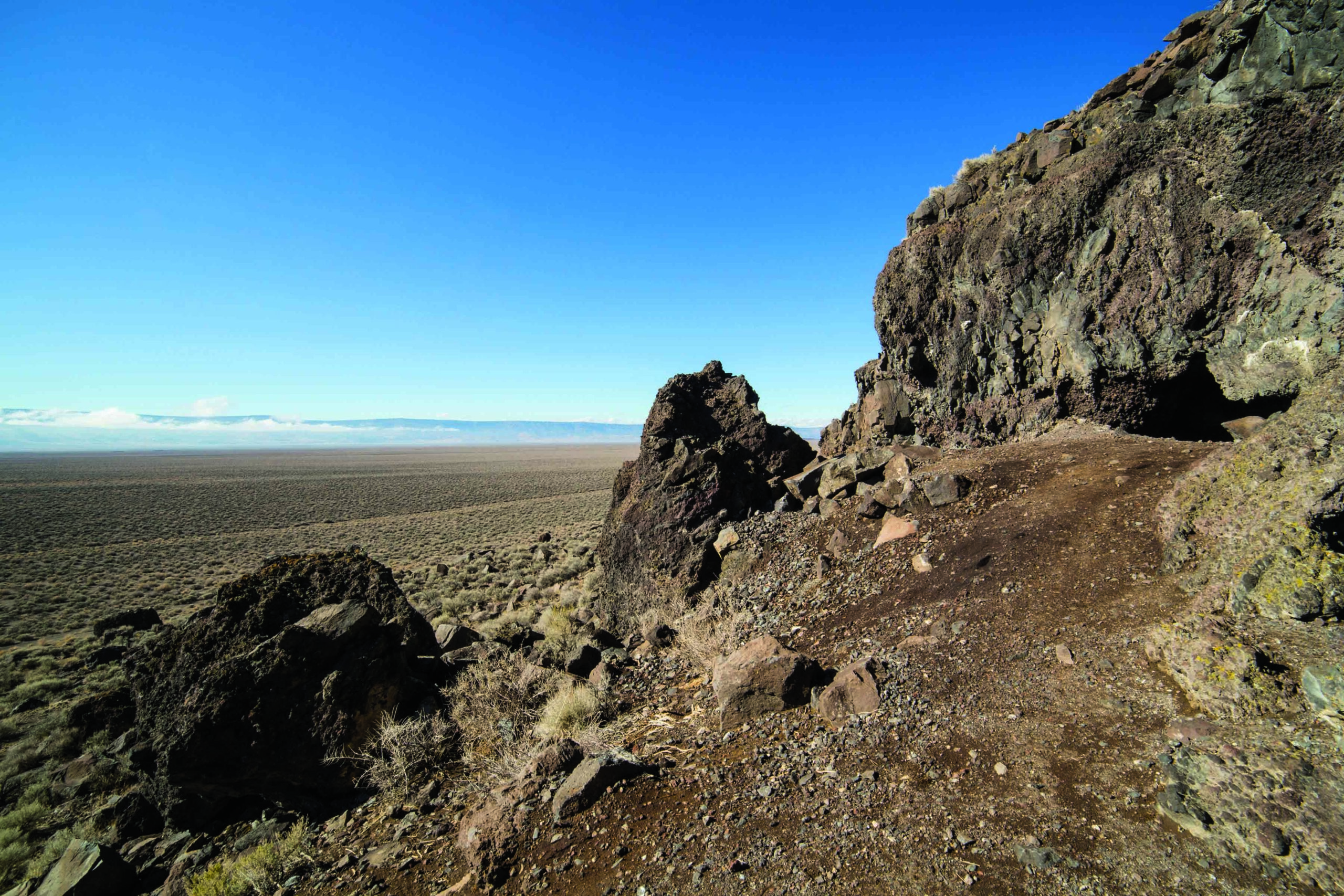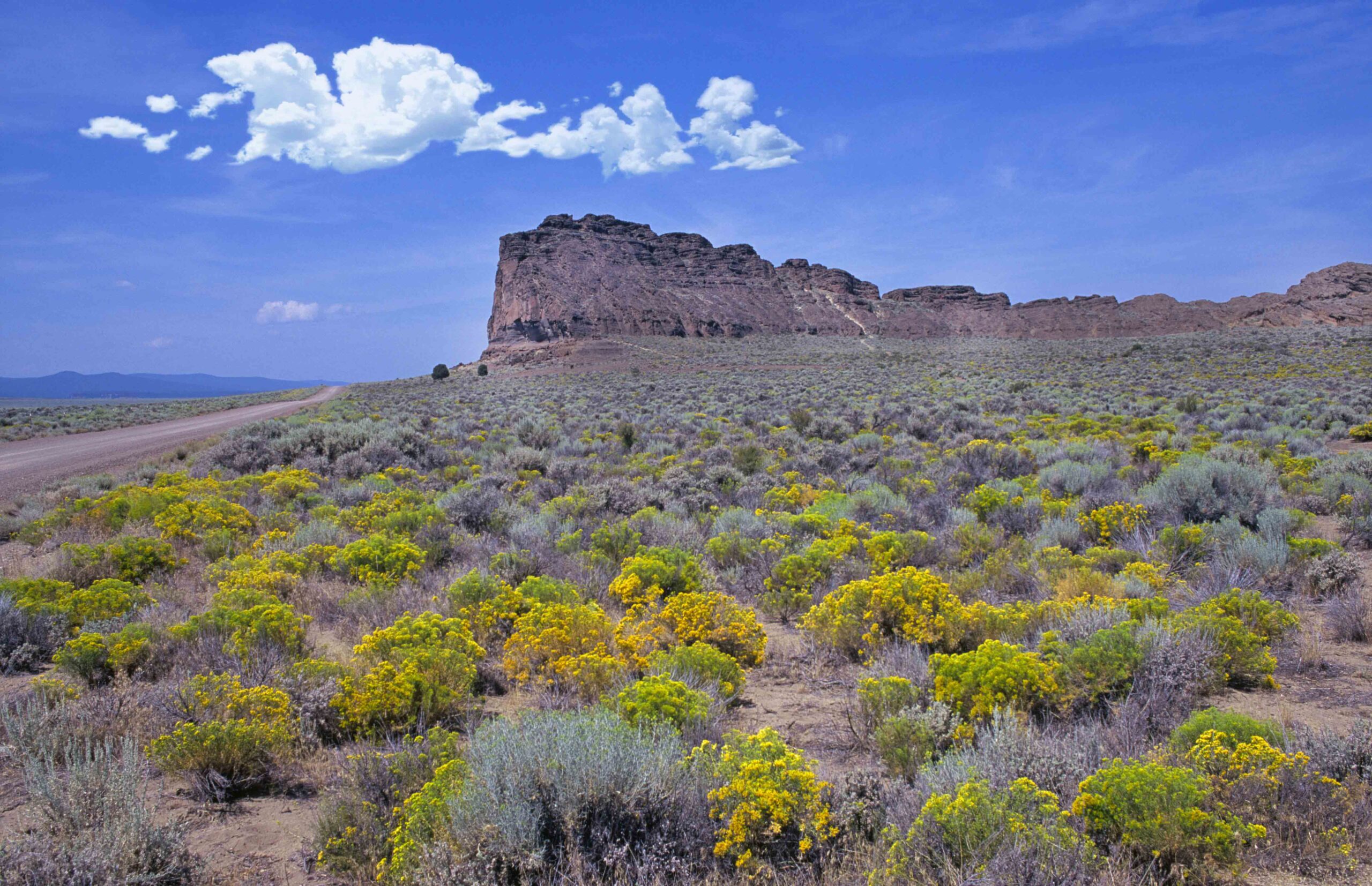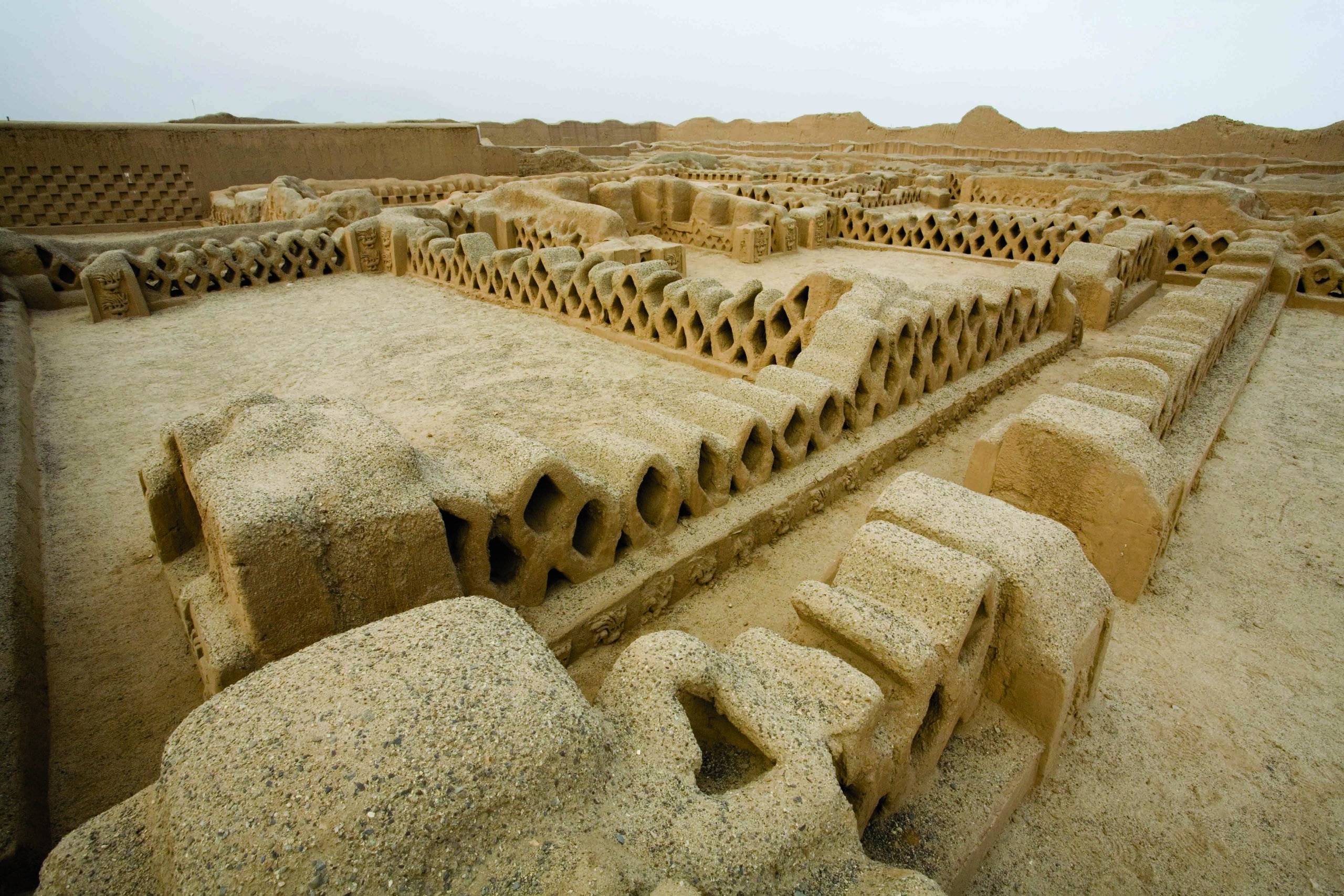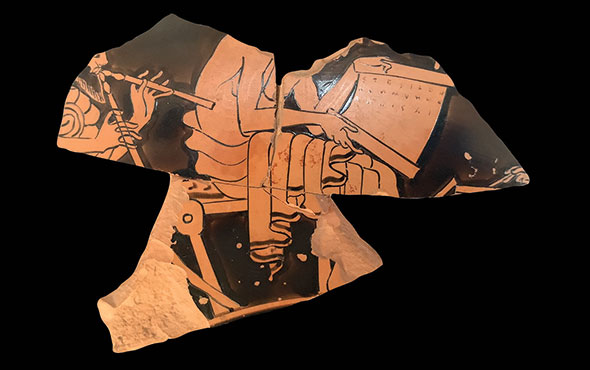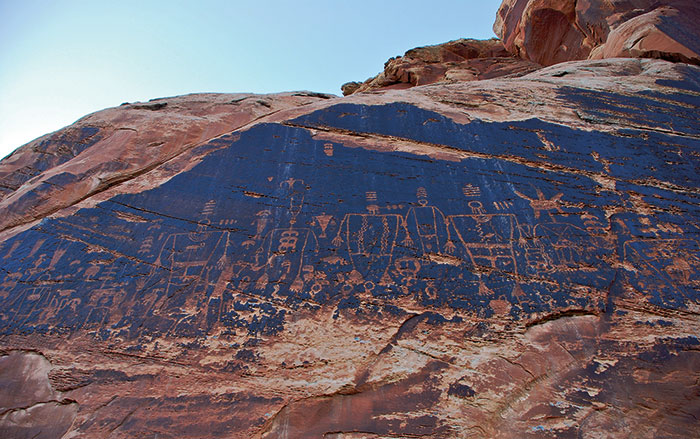
EUGENE, OREGON—According to a statement released by the U.S. Department of the Interior Bureau of Land Management, a new study of eastern Oregon’s Rimrock Draw Rockshelter, conducted by Patrick O’Grady of the University of Oregon, suggests that people inhabited the site more than 18,000 years ago. Tooth fragments from bison and camel were found under a layer of ash from an eruption of Mount St. Helens dated to more than 15,000 years ago. Radiocarbon dating of the tooth enamel by Thomas W. Stafford of Stafford Research and John Southon of the University of California, Irvine, yielded a date of 18,250 years ago. Two scrapers made of orange agate, one with residues of bison blood, were found beneath the layer of ash and the animal teeth. Researchers are now testing other camel and bison teeth fragments recovered from the site, and examining plant remains recovered from the remains of cooking fires. It had been previously thought that the oldest evidence for the human occupation of western North America was in western Idaho, at a site dated to more than 16,000 years ago. “This is a very exciting development for the archaeological community,” said BLM archaeologist Heather Ulrich. For more on early human occupation in Oregon, go to "Off the Grid: Fort Rock Cave, Oregon."


